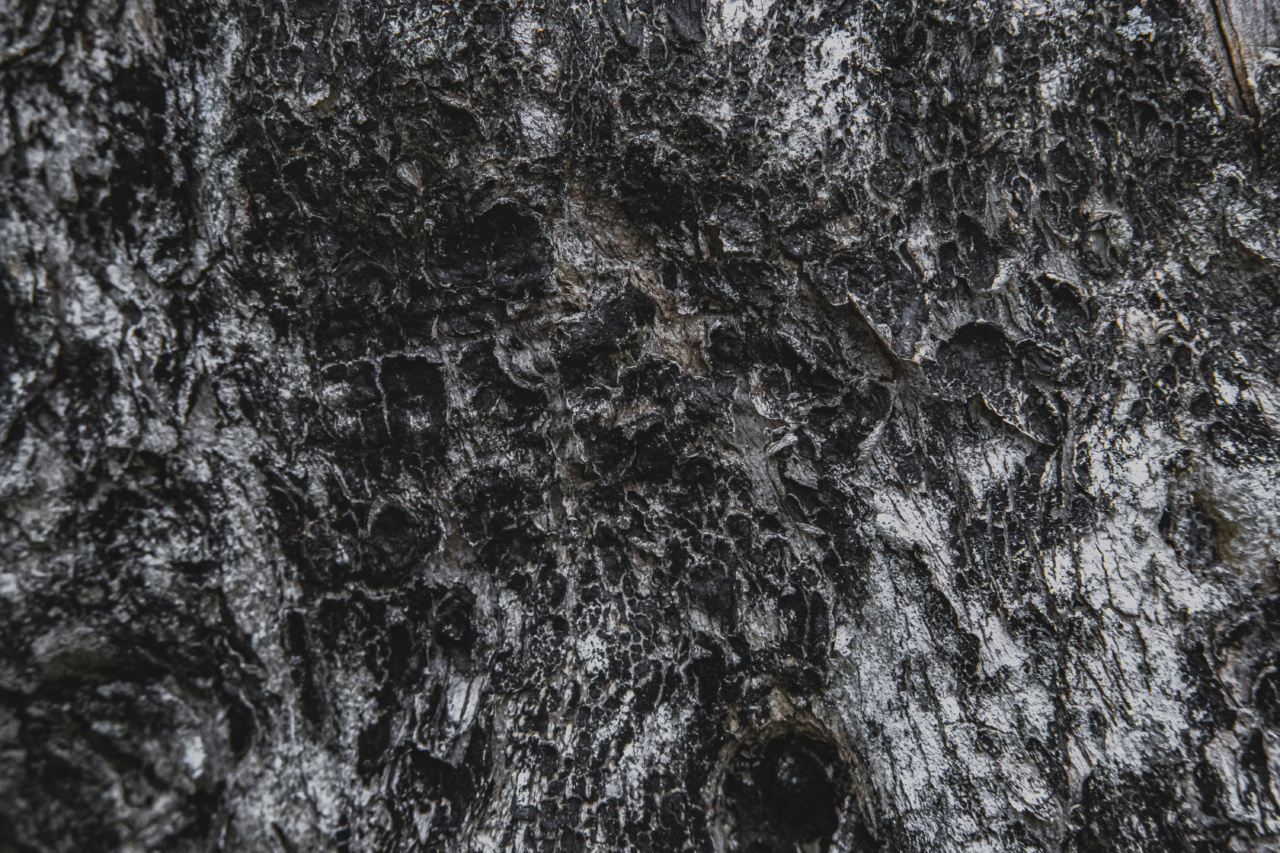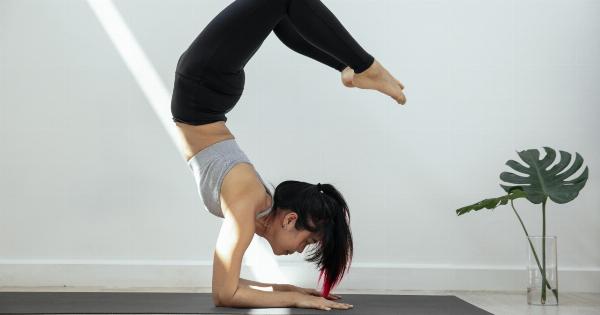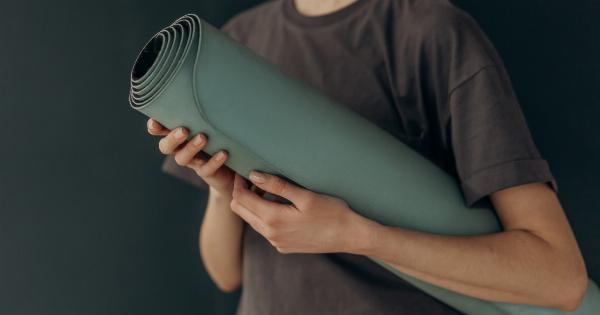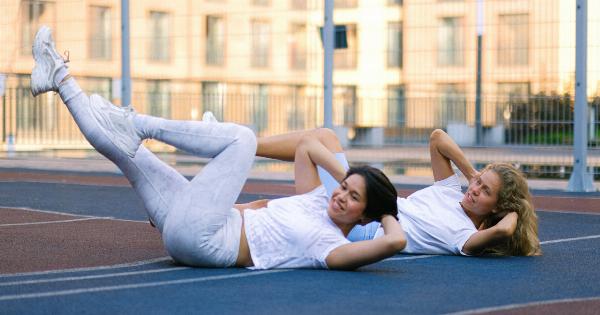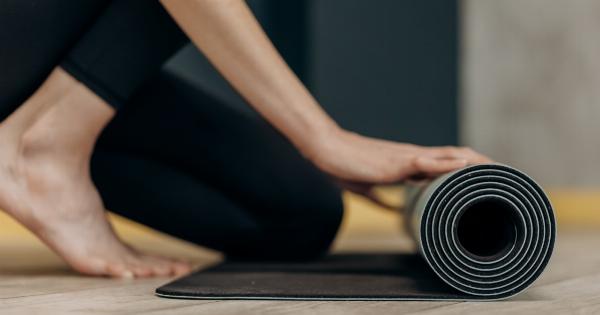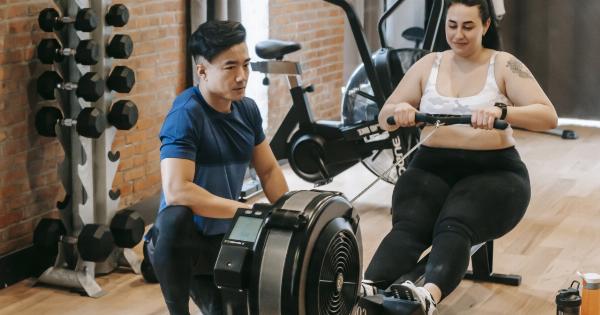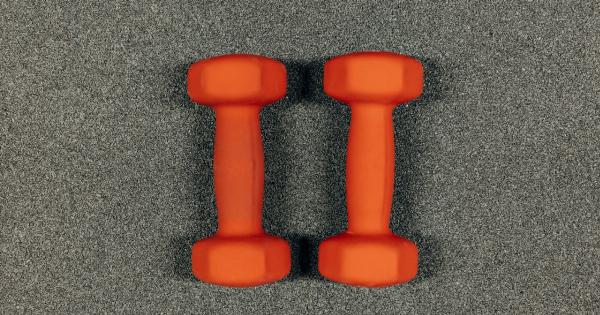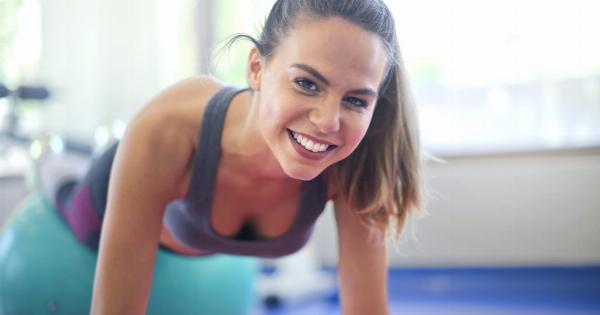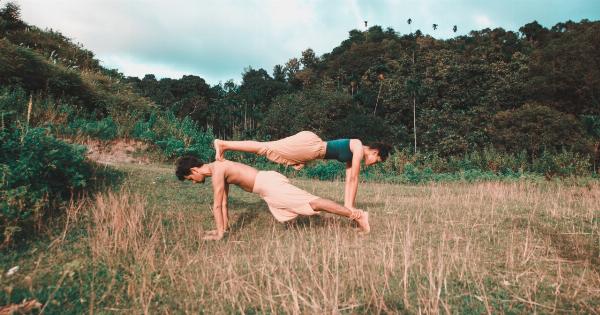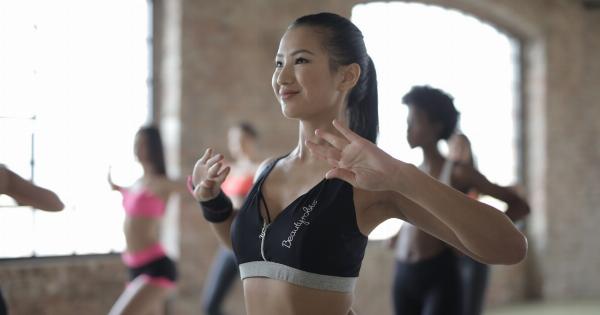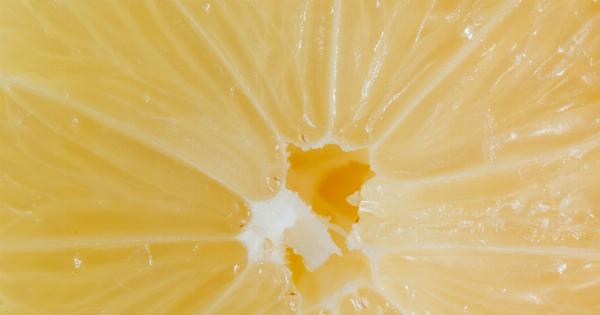A well-trained and sculpted trunk not only enhances your appearance but also plays a crucial role in maintaining good posture, balance, and stability.
A strong core is vital for almost every physical activity, from lifting heavy objects to performing daily tasks with ease. While many people focus solely on achieving toned abs, it is essential to understand that core conditioning involves much more than simply attaining a six-pack.
Importance of Core Conditioning
When we talk about the core, we are referring to the muscles that make up the entire trunk of our body, including the front, sides, and back. These muscles primarily consist of the rectus abdominis, obliques, erector spinae, and transverse abdominis.
Core conditioning is essential because a strong trunk is the foundation for all movement. From bending, lifting, and twisting to maintaining an upright posture, every action originates from the core.
When your core muscles are weak, other muscles compensate for the lack of strength, leading to imbalances, inefficient movement patterns, and increased risk of injury.
The Anatomy of Core Muscles
Before diving into effective core exercises, let’s take a closer look at the anatomy of core muscles:.
1. Rectus Abdominis: This muscle runs vertically down the front of your abdomen, commonly known as the “six-pack.” It helps in flexing the spine and is responsible for movements like sit-ups and crunches.
2. Obliques: The internal and external obliques are located on the sides of your trunk and play a crucial role in spinal rotation and lateral flexion.
3. Erector Spinae: These muscles run along the spine and assist in maintaining an upright posture. They also help with back extension and rotation.
4. Transverse Abdominis: This muscle is situated deep within the abdomen and acts as a stabilizer for the spine and pelvis. It wraps around the torso like a corset.
Effective Core-Conditioning Exercises
Now that we understand the importance of core conditioning and the different core muscles, let’s explore some exercises that can help you develop a sculpted trunk and toned abs:.
1. Planks
Planks are one of the best exercises for total core engagement. To perform a plank, start in a push-up position with your hands directly under your shoulders.
Engage your core by pulling your belly button towards your spine and hold this position for as long as possible. You can also perform variations such as side planks or plank with leg lifts to challenge different muscle groups within the core.
2. Russian Twists
Russian twists target the oblique muscles and help improve rotational strength. Sit on the floor with your knees bent and feet flat on the ground. Lean back slightly and lift your feet off the floor, balancing on your sit bones.
Hold your hands together in front of your chest and twist your torso from side to side, touching the ground on each side. For an added challenge, you can hold a weight or medicine ball.
3. Bicycle Crunches
Bicycle crunches effectively engage both the rectus abdominis and oblique muscles. Lie on your back with your hands behind your head and your legs lifted and bent at a 90-degree angle.
Alternate touching your elbow to the opposite knee while extending the other leg, mimicking a pedaling motion.
4. Bird Dog
The bird dog exercise targets the entire core, including the erector spinae and transverse abdominis. Start on your hands and knees, with your hands directly under your shoulders and knees under your hips.
Extend your right arm forward while simultaneously extending your left leg behind you. Maintain a straight line from your fingertips to your toes. Repeat on the opposite side.
5. Dead Bug
The dead bug exercise activates the deep core muscles and helps improve stability. Lie on your back with your arms extended towards the ceiling. Bend your knees at a 90-degree angle and lift your feet off the floor.
Slowly lower one arm behind your head while simultaneously straightening the opposite leg towards the floor. Return to the starting position and repeat on the other side.
6. Mountain Climbers
Mountain climbers are a dynamic exercise that engages your entire core while also providing cardiovascular benefits. Start in a high plank position with your hands directly under your shoulders.
Drive one knee towards your chest, then quickly switch legs in a running motion. Maintain a stable core throughout the movement.
7. Standing Russian Twists
This standing variation of Russian twists adds an element of balance and stability. Stand with your feet hip-width apart and knees slightly bent. Hold your hands together in front of your chest.
Twist your torso from side to side, pivoting on your feet, simulating the Russian twist movement while maintaining a stable core and lower body position.
8. Side Planks with Hip Dips
Side planks target the oblique muscles and help improve core stability. Start by lying on your side with your forearm perpendicular to the floor and your elbow directly under your shoulder.
Lift your hips off the ground, creating a straight line from your head to your feet. To add an extra challenge, lower your hips towards the floor and lift them back up in a controlled motion.
9. Reverse Crunches
Reverse crunches primarily target the lower rectus abdominis. Lie on your back with your knees bent and feet lifted off the floor, creating a 90-degree angle at the knee joint.
Contract your abs and press your lower back into the floor as you lift your hips off the ground, bringing your knees towards your chest. Slowly lower your hips back down to the starting position.
10. Standing Woodchoppers
Standing woodchoppers engage the entire core, particularly the obliques. Stand with your feet shoulder-width apart and hold a weight or medicine ball with both hands.
Raise the weight diagonally across your body, pivoting on your back foot and twisting your torso. Repeat the movement on the other side.
Conclusion
To achieve a sculpted trunk and toned abs, it is essential to incorporate a variety of core-conditioning exercises into your fitness routine.
Remember, core conditioning is not just about aesthetics but also about improving overall strength, stability, and functional movement. Engage in these exercises regularly, progressively challenging yourself, and you will see significant improvements in your core strength and appearance.
